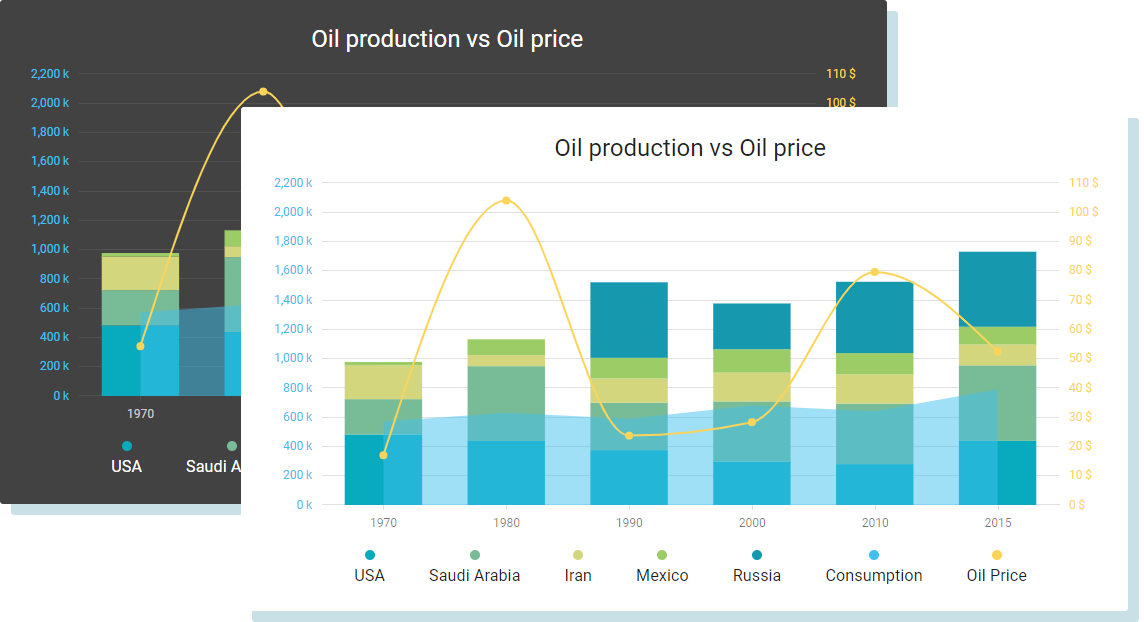
Media content services like Cloudinary or Imagekit offer paid plans for media storage. This is good for performance, especially for mobile users. Since images out of the viewport are not downloaded immediately, lazy loading conserves extra bandwidth usage. Is it worth it, and why should you care about the points shared in this article? You might be wondering why you should go through the trouble of lazy loading off-screen images in your web application. Live Demo Why Should You Lazy Load Your Images? Import 'react-lazy-load-image-component/src/effects/blur.css' Import from 'react-lazy-load-image-component' In my case, I'm importing it as a component from the images directory. But you may use an external URL if you like. We'll just import our image and the lazy load component. $ npm i -save react-lazy-load-image-component $ yarn add react-lazy-load-image-component
#React scale image install#
The first thing we need to do is install the React lazy load image component library using NPM: // Yarn Step 1 – Install React Lazy Load Image Component
#React scale image code#
The code for this demo is available on GitHub here. This popular library provides image rendering capabilities and effects that you can implement quickly and easily in your own React applications. This article will utilize a JavaScript library called React Lazy Load Image Component. In those cases, you'll need to use/combine it with other libraries or tools. Also, for browsers like Firefox, the loading= "lazy" attribute doesn't work in an iframe element. Sadly, lazy loading images this way is not widely supported in all browsers according to. Lazy loading an image/iframe today is as easy as adding the attribute loading=" lazy" inside the img/iframe element, like this: Īnd it works without any further configuration. The idea behind this process is to postpone the loading of images outside the viewport to reduce bandwidth usage, improve user experience, and speed up page loading. Initially, we see a blurred low-quality image placeholder LQIP, and when we scroll within view, the whole image gets fully loaded to the page. You can see an excellent example of this on Unsplash when we scroll through the list of images. Typically, these assets are only loaded when they are scrolled into view. Lazy loading is a strategy that delays the loading of some assets (e.g., images) until they are needed by the user based on the user's activity and navigation pattern.
#React scale image how to#
We'll talk about the benefits of doing this, and how to implement it in your code.īut before we begin, what is lazy loading, and how does it work? What is Lazy Loading?


In this article, you'll learn how to lazy load images in a React application. Optimizing the assets you use on your websites – like lazy loading images – is one of the most effective ways to improve web performance.ĭoing this helps you make sure that your websites are fast, they have great SEO, and it helps enhance the user experience.


 0 kommentar(er)
0 kommentar(er)
